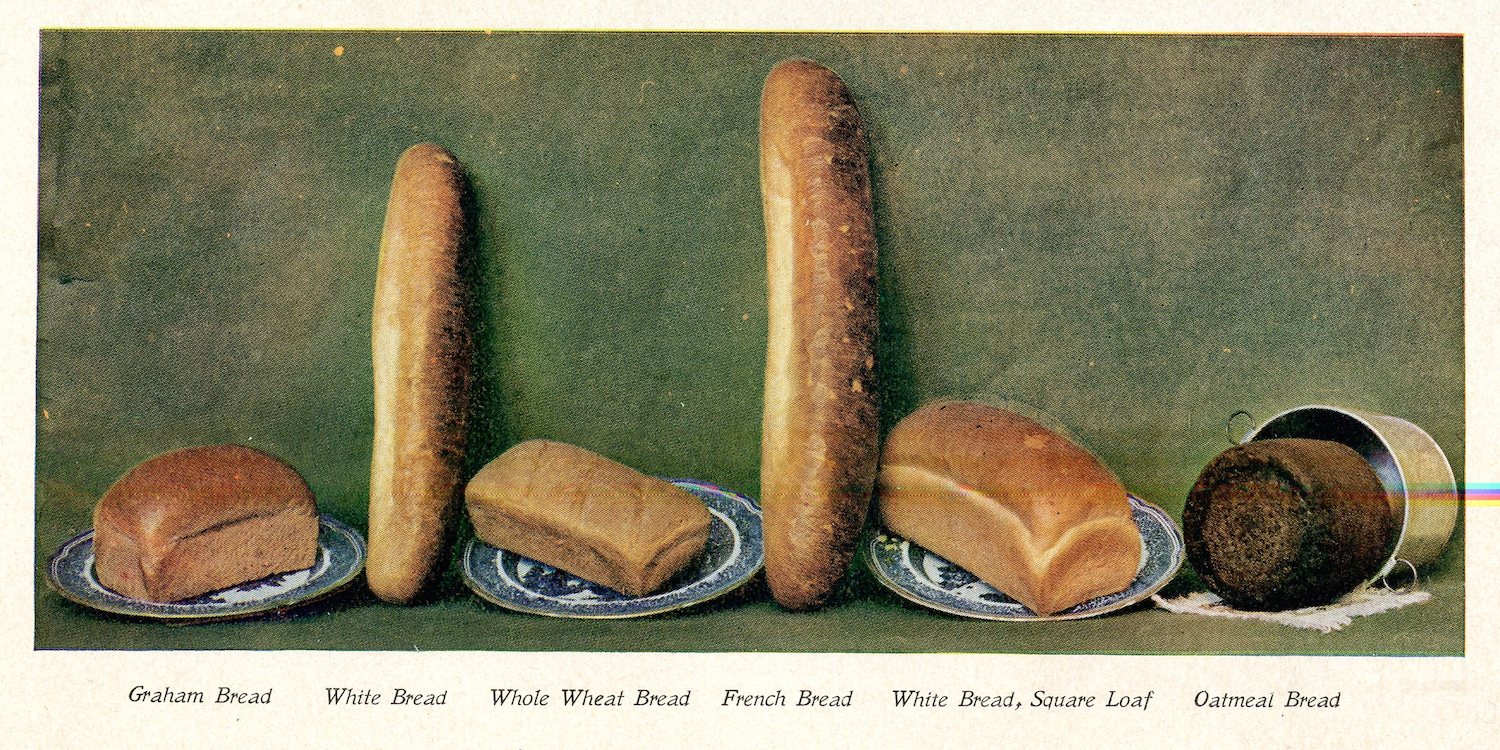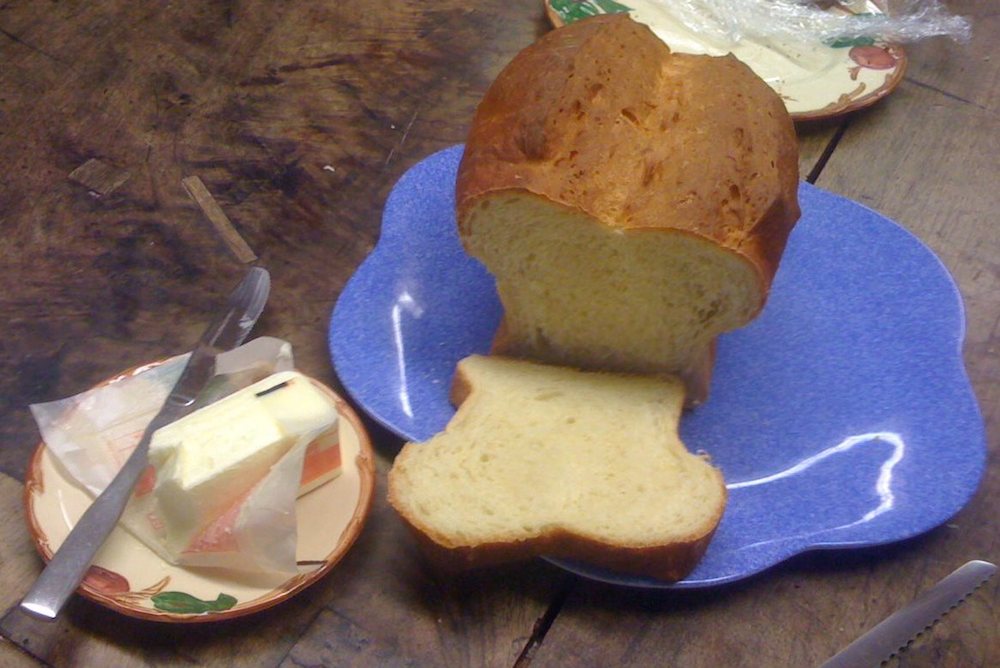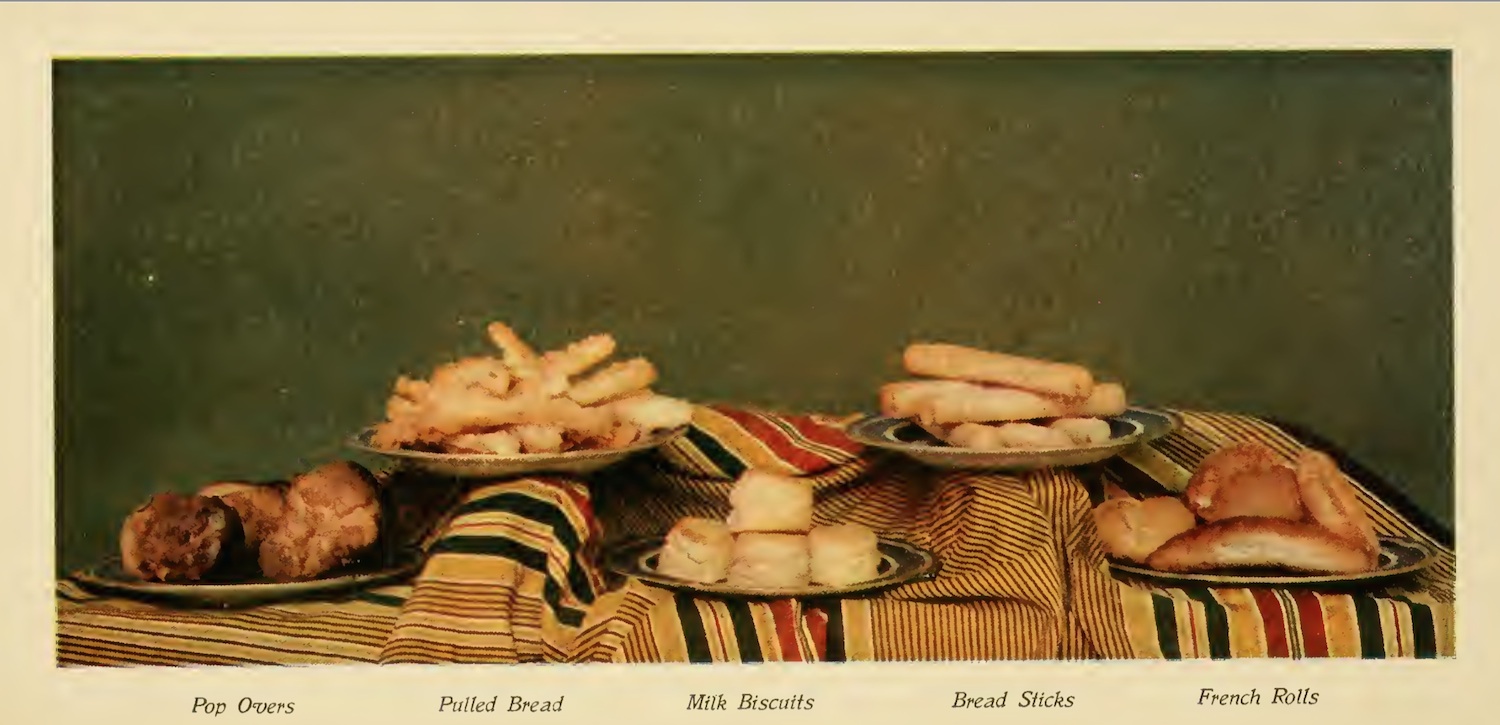It’s late January. The wind is biting, the snow or sleet is sheeting down. In a couple of days Punxsutawney Phil will give us the bad news. What could be better for this month than a voluptuous loaf of tawny-crusted bread drawn steaming (an 18th or 19th c description would have said “smoking”) from the oven?
Our recipe this month is "the Golden Loaf of South Carolina" from Sarah Tyson Rorer's Bread and Bread-making: How to Make Many Varieties Easily and with the Best Results from 1899.

Rorer, for her concern with diet and health, is considered the mother of modern dietetics. Here is a précis of her life
She was also involved in the Cooking School Movement, which advocated for standard measures and exact directions in recipes. While the recipe below is not as explicit as what a 21st century cookbook reader is used to, it goes into considerable detail compared to the average late-19th c bread “receipt”
This loaf is arrant comfort food, with a springy crumb made tender (and indeed a pale gold, as this picture shows) by the egg yolks in the dough. It keeps well, and makes wonderful toast and French toast.

Here's the original recipe:
Boil three good-sized white potatoes until tender; drain, dry and press them through a colander or vegetable press. This should measure a half pint. Scald one pint of milk; add to it two tablespoonfuls of butter, and pour gradually into the potato. If you now can press this through a fine sieve, so much the better for the loaf. Add a tablespoonful of sugar, and when the mixture is lukewarm add six well beaten eggs and one compressed yeast cake dissolved in four tablespoonfuls of water. Now add sufficient flour to make a batter; beat continuously for five minutes; then add more flour until you have a soft dough, which take out on the board and work carefully until it is light and elastic. Put into a bowl; cover and stand in a warm place until it has doubled its bulk, about three and a half hours. Then divide it into halves; mold each half very lightly; put into greased pans; cover, and when light again (in about one hour) bake in a moderate oven for three-quarters of an hour.
Here’s a modern interpretation:
Yields 2 large loaves
1 medium baking potato, 10-12 oz
2 cups milk
2-8 Tbsp butter
1 Tbsp sugar
2 1/4 tsp active dry yeast (not quick-rise)
11/2 Tbsp salt
5 large eggs
~9 1/2 cups bread flour
- Heat the milk over a low flame just until bubbles begin to form around the edges of the pan.
- Take the pan off the heat and set it aside to cool
- Scrub the potato but leave the skin on, pierce and microwave if for 3 minutes, then turn it over and microwave for another 4 minutes. Peel the potato and mash it thoroughly with a fork (or peel, boil and mash.)
- You should have 1 cup of mashed potato -- starting with left over mashed potatoes also works, just bring them to room temperature first.
- Beat together the milk, butter, sugar and potato. (This is where Mrs. Rorer has you sieve the mixture, but just making sure it’s free of lumps is sufficient.)
- Cool to 70°
- Dissolve the yeast in 1/4 cup cool water, and beat into the potato mixture.
- Beat in the eggs and salt.
- Beat in 2 cups of flour, and beat for 5 minutes. Add the rest of the flour and knead until smooth and elastic. It won’t clean the bowl but will be elastic enough to almost windowpane.
- Let the dough rise in a well-buttered bowl until double, approximately 2 hours at room temperature.
- Divide the dough in half and form each piece into a loaf. (Here’s a set of excellent directions for shaping a this style of loaf.)
- Place the dough in greased 5’x9" loaf pans and let rise until almost doubled, approximately 1 ½ hours at room temperature.
- Score the loaf deeply on top, with a baker’s lame, razor blade, or sharp paring knife
- Preheat oven to 350° and bake 50 minutes, until the loaves sounds hollow when tapped
